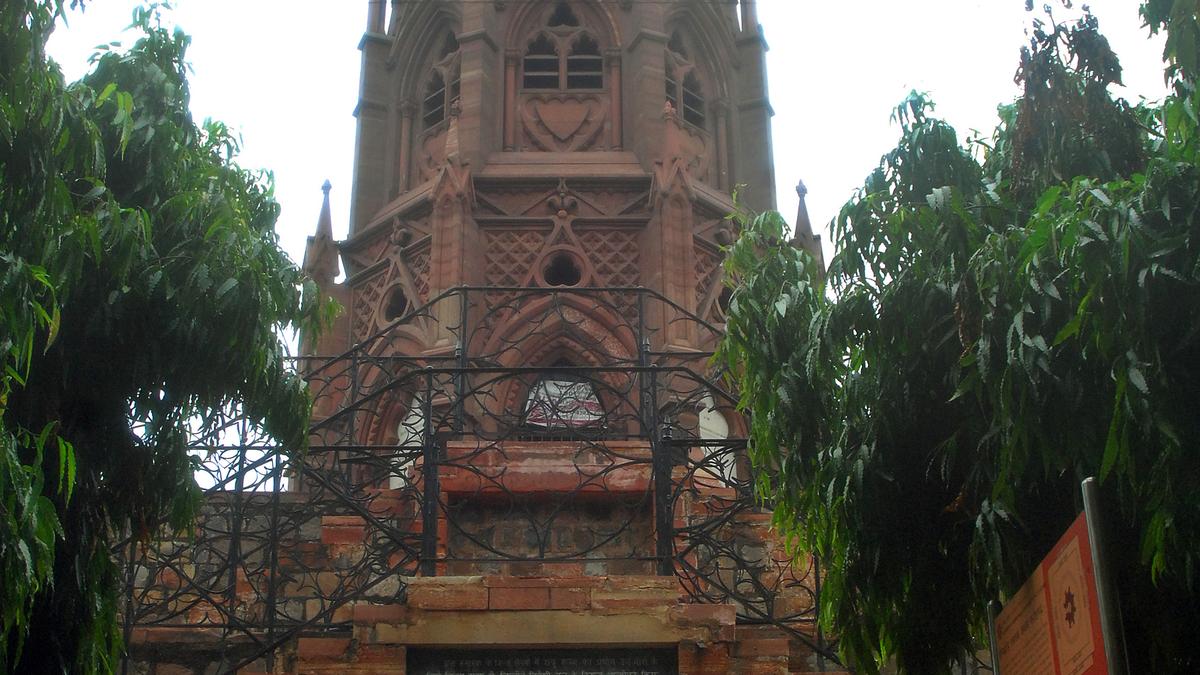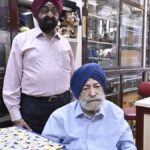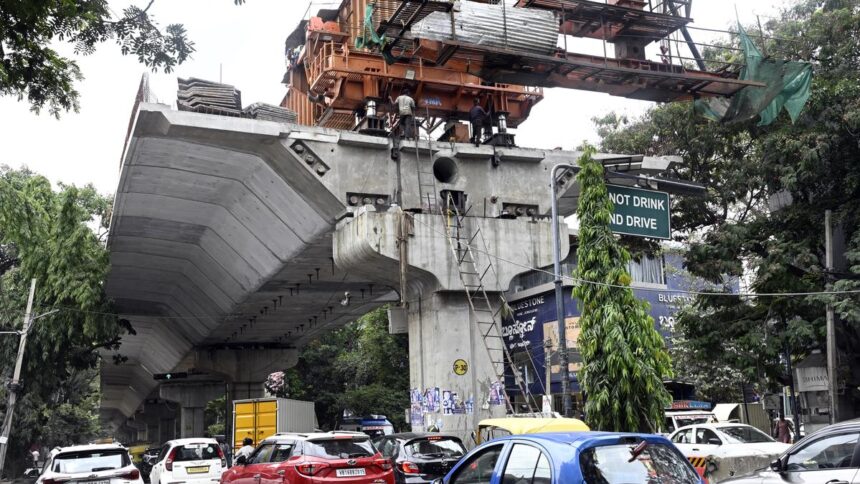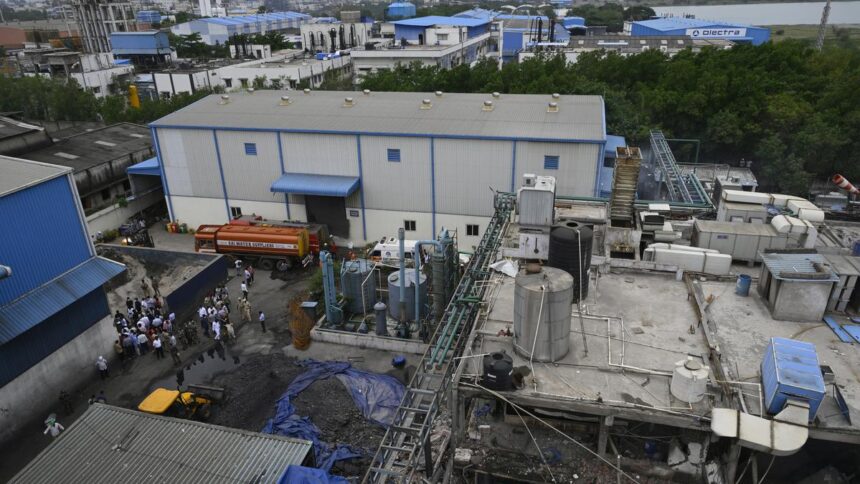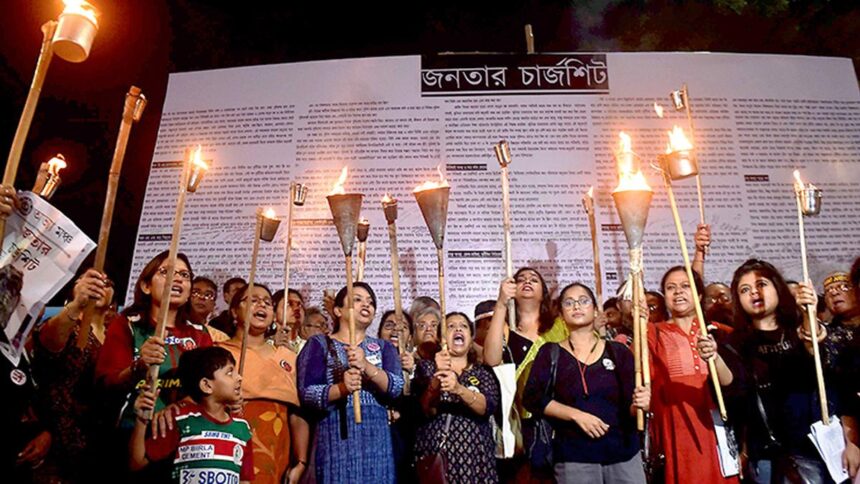
A view of Mutiny Memorial near Hindu Rao Hospital, in Delhi.
| Photo Credit: Sushil Kumar Verma
It was another Sunday – May 10, 1857 – at the Delhi Telegraph office, nestled beside the British Magazine. The sun was just starting to heat the streets, and as per the custom, the office was to close by 9am. However, this Sunday was not like any other. The needle of time had shifted.
Major Charles Todd, the British commander on site, stood by the telegraph machine, waiting for news to flash in from Meerut.
Two Eurasian signallers, William Brendish and John Pilkington, bent down to read — the transmission was short and ominous.
Meerut, 70 kilometers away, was distraught. Earlier in the day, sepoys (Indian troops in the British army) had rebelled, refusing to salute a foreign crown. Following this, the British officers issued a warning that any soldier backing the rebellion would be disarmed and chained.
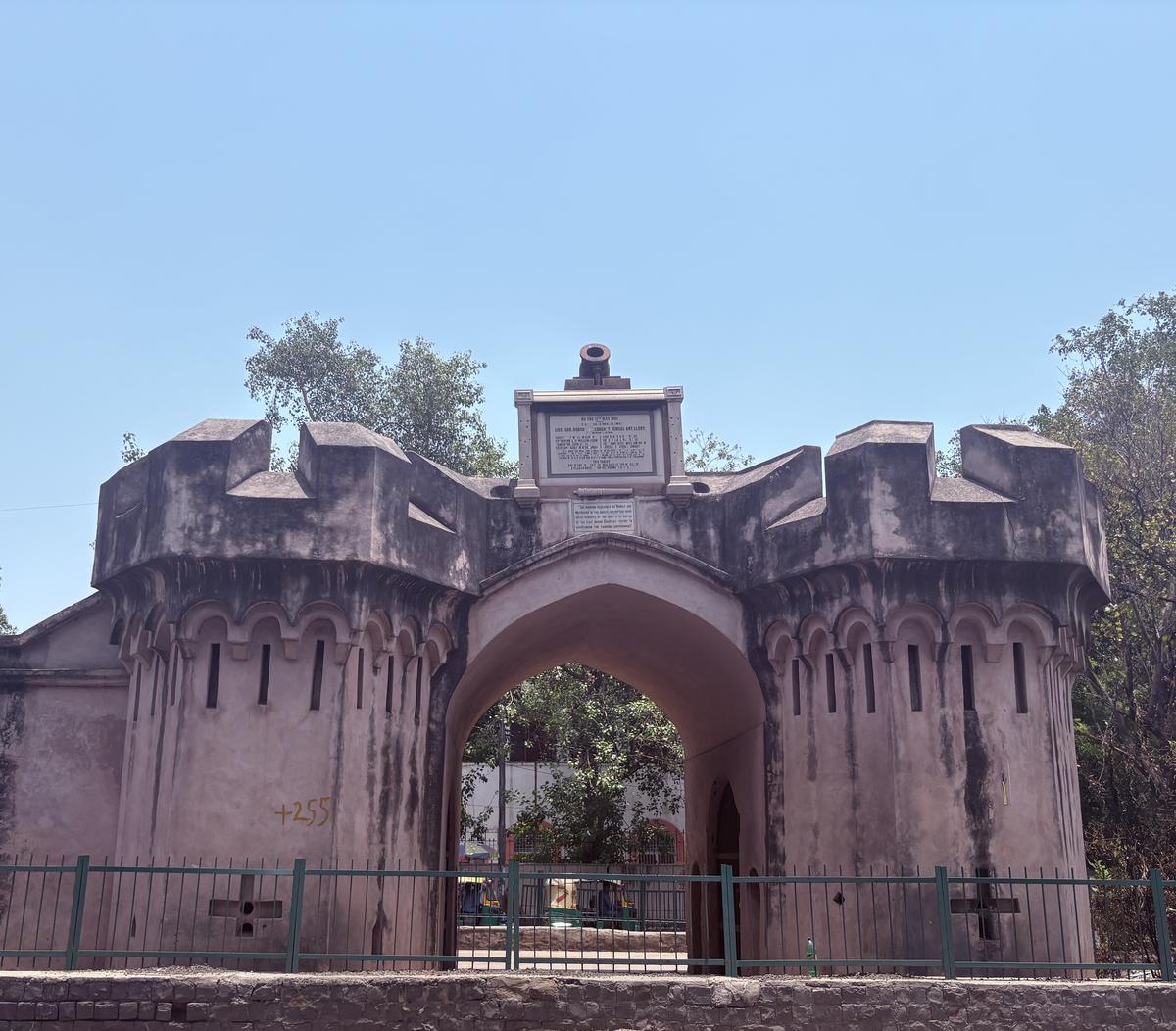
Mutiny Memorial near Kashmere Gate in Delhi
| Photo Credit:
Ananya Malhotra
In Delhi, the message reachednot via horse or any other mode, but via a pulse in copper wires and tapping keys. By nightfall, when the connection with Meerut conked out, Todd sent his aides to survey the damage. When they did not return, he went himself and never returned.
Hours later, an urgent message was tapped out to the Telegraph Office in Ambala: “We must leave office. All the bungalows are on fire, burned down by the sepoys of Meerut. They came in this morning. We are off. Mr. Todd is dead, I think. He went out this morning and has not returned yet. We heard that nine Europeans were killed.”
This was perhaps the last message wired from the telegraph office and possibly the first about freedom from oppressive British rule. The 1857 rebellion had lit the fire of mutiny awakening the people to the path of independence.
Barely a 100 metres away opposite to the Telegraph office, the Mutiny Memorial was built in 1863 to honor soldiers of the British Indian Army who died during the revolt. In 1972, on the 25th anniversary of Indian independence, the Indian government renamed the Mutiny Memorial as ‘Ajitgarh’, the place of unvanquished. A plaque in memory of the officers and soldiers of the Delhi Field Force, whom the British considered rebels, was also installed.
Today, the Telegraph Memorial stands not in silence, but in silent remembrance of the place as an enduring symbol of courage and where once wires shook with urgency for a nation’s awakening. In that final message, the British heard the end of their rule and heard the start of the Indian voice. Not every revolution rages, some start as a whisper through copper, bearing the burden of a people poised to rise.
Published – July 18, 2025 11:20 am IST








